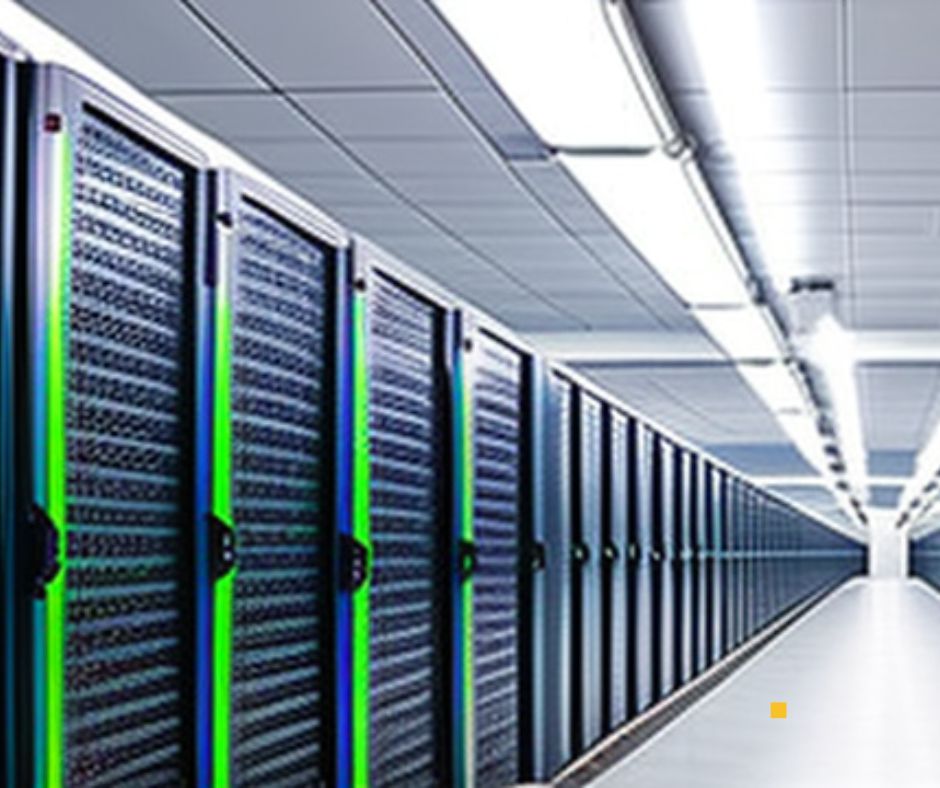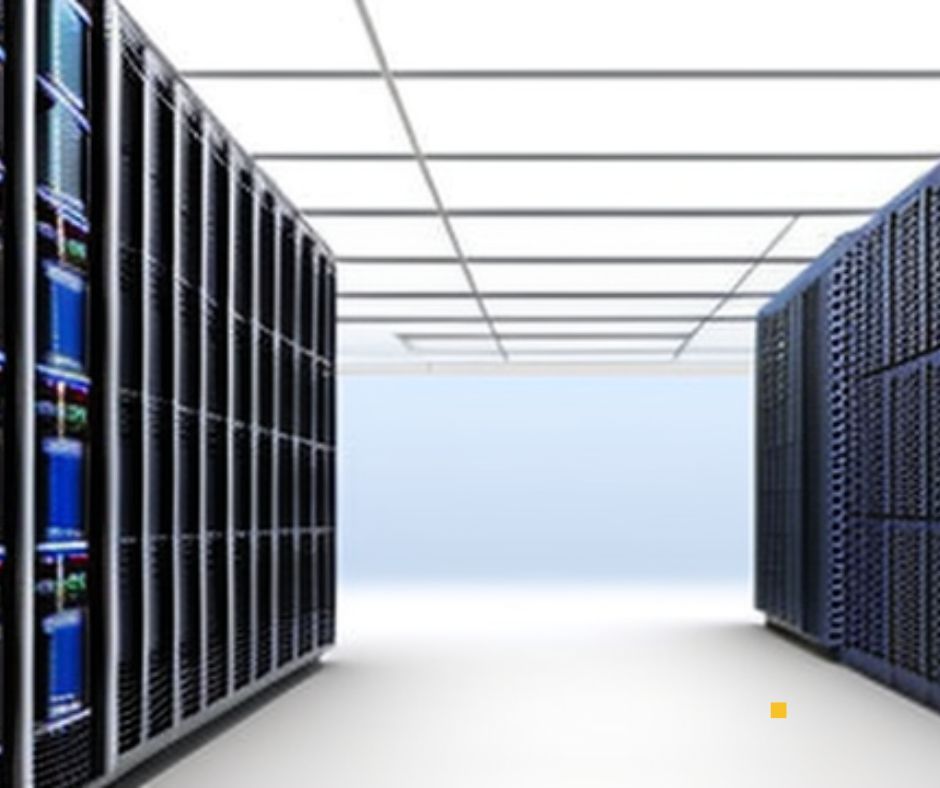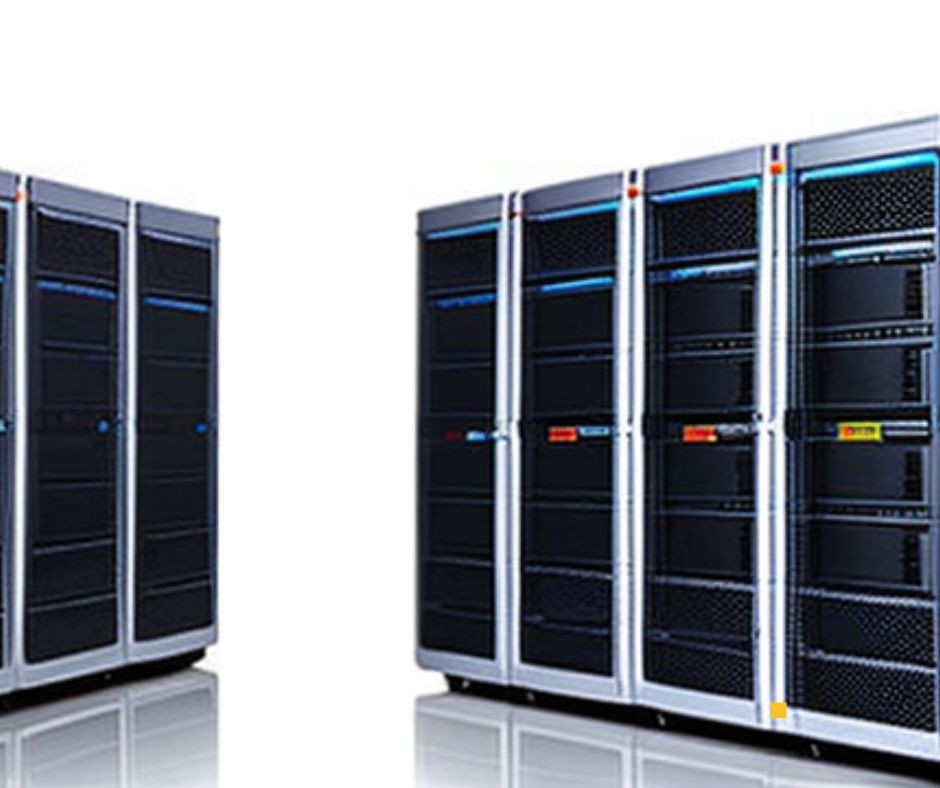Introduction:
As a data center administrator, you are responsible for ensuring the smooth operation of dedicated servers and the power and cooling systems that support them. Maximizing the performance of these systems is crucial to the efficiency of your data center and the success of your business. This guide will provide you with a comprehensive overview of power and cooling systems for dedicated servers, including best practices for maximizing their performance.
1: Understanding Power Systems for Dedicated Servers
1.1: Types of Power Systems
The power system for dedicated servers can be divided into two main categories: AC and DC. AC systems are more commonly used in data centers because they are more readily available and easier to install. DC systems, on the other hand, are more efficient and are becoming increasingly popular in data centers.
1.2: Power Distribution Units (PDUs)
A Power Distribution Unit (PDU) is an important component of a dedicated server’s power system. It distributes power from the electrical grid to the server and provides surge protection to protect the server from power surges. PDUs are available in a variety of sizes and configurations to meet the needs of different data centers.
1.3: Uninterruptible Power Supplies (UPS)
An Uninterruptible Power Supply (UPS) is a critical component of a dedicated server’s power system. It provides backup power to the server in the event of a power outage, ensuring that the server can continue to operate even when the electrical grid fails. There are two main types of UPS systems: offline and online. Online UPS systems provide continuous power to the server, while offline systems provide power only when the electrical grid fails.
2: Understanding Cooling Systems for Dedicated Servers
2.1: Types of Cooling Systems
The cooling system for dedicated servers can be divided into two main categories: air-based and liquid-based. Air-based cooling systems are more commonly used in data centers, while liquid-based cooling systems are more efficient and are becoming increasingly popular.
2.2: Air Flow Management
Airflow management is an important aspect of cooling systems for dedicated servers. Proper airflow helps to keep the servers cool and reduces the risk of overheating. This can be achieved through the use of blanking panels, cable management, and raised flooring.
2.3: Cooling Unit Sizing
The size of the cooling unit is critical to the efficiency of the cooling system. The unit should be sized correctly to ensure that it can handle the heat generated by the servers. A unit that is too small will not be able to keep the servers cool, while a unit that is too large will waste energy and be inefficient.
3: Best Practices for Maximizing Power and Cooling Systems
3.1: Regular Maintenance
Regular maintenance is critical to the performance of power and cooling systems. This includes cleaning filters, checking for leaks, and monitoring system performance. Regular maintenance helps to prevent problems from occurring and ensures that the systems are operating at peak efficiency.
3.2: Energy Efficiency
Energy efficiency is an important consideration when maximizing power and cooling systems for dedicated servers. Energy-efficient systems use less energy, which can result in significant cost savings over time. Some ways to improve energy efficiency include using energy-efficient servers, implementing power management policies, and using energy-efficient cooling systems.
3.3: Load Balancing
Load balancing is a crucial aspect of maximizing power and cooling systems for dedicated servers. It involves distributing the workload evenly across the servers to ensure that no single server is overburdened. This helps to prevent overheating and improves the overall efficiency of the data center. Load balancing can be achieved through the use of virtualization and load-balancing software.
Conclusion:
Maximizing the performance of power and cooling systems for dedicated servers is crucial to the efficiency of your data center and the success of your business. This guide has provided you with a comprehensive overview of power and cooling systems for dedicated servers, including best practices for maximizing their performance. Regular maintenance, energy efficiency, and load balancing are key to ensuring the optimal performance of these systems. By following these best practices, you can ensure that your data center is running smoothly and efficiently.



